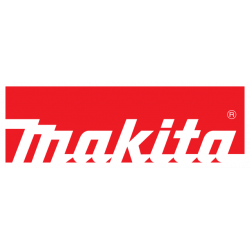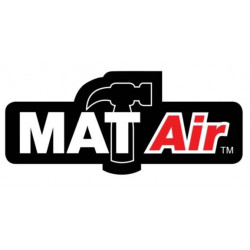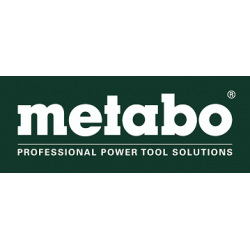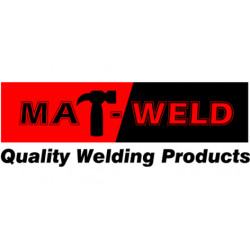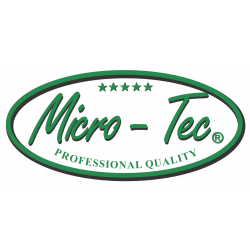
| Quantity | Unit Price | You Save |
|---|---|---|
| 5 or more | R 265.06 | 3.62 % |
| 10 or more | R 255.24 | 7.18 % |
| 20 or more | R 245.42 | 10.75 % |
- Stock: 505
- Model: TC804901
- Weight: 0.39kg
- Dimensions: 310.00mm x 205.00mm x 50.00mm
- SKU: TC804901
- UPC: 6009675081370
- MPN: 1
 Application:
Application:
The kit includes a polishing buff and 5 solid polishing compounds. The compounds are used with various metals. It can be used to remove stretcher strains, orange peel, polishing wheel grit lines and light die marks etc.
TIP:
Spare polishing compound is available for the kit:
TC804904
How to use the compounds and the buffing pad:
- The adaptor is used to hold the buffing pad in the drill's chuck. Fasten the correct buffing pad in the adaptor./li>
- It would be best to use a drill press to polish metals. If a drill press is not accessable, use adaptor TCV01810 with a portable drill with a collar diameter of Ø43mm. Tighten the adaptor in the drill's chuck.
- The buffing pad should revolve towards you at full speed. Pass the compound lightly across the face of the buffing pad. To ensure that the compound is evenly spread, hold a clean piece of scrap metal against the face of the buffing pad. This will eliminate lumps of compound from occuring.
- If desired, heat the item to 65°C using an oven or a heater. Warming the metal keeps the compound on the buffing pad. A cool item will draw compound from the pad and leave deposits. Use a glove to handle the warm item.
- Hold the metal lightly against the buffing pad. Allow the compound to do the work.
- If more compound is required, apply it using a wiping motion. Do not overload the buffing pad.
The polishing and compound kit is designed to be used with metals and thermoset plastics. The kit includes solid base polishing compounds that are transferred onto the polishing buff with the help of friction (high speed).
In the manufacturing process consisting of injection moulding, the type of plastic used is a thermoplastic. Thermoplastics have a low melting temperature compared to metals and thermoset plastics.
Common types of synthetic polymers found in thermoplastics (these plastics cannot be buffed using solid polishing compounds that involve friction):
- Low Density Polyethylene (LDPE) – Squeese bottles, toys, flexible pipes, insulation cover (electric wires)
- High Density Polyethylene (HDPE) – Bottles, plastic bags
- Polypropylene (PP) – Automotive parts, dishware
- Polyvinyl Chloride (PVC) – Lawn chairs, hand bags, raincoats
- Polystyrene (PS) – Petri dishes, CD case, plastic cutlery
- Teflon Polytetrafluoroethylene (PTFE) – Non-stick pans, membrane filters, thread seal tape
- Thermoplastic Polyurethanes (TPU) – Automotive instrument panels, caster wheels, power tools
- Nylon – Instrument strings, car components
Thermoset plastics (formed by means of a chemical reaction that cannot be melted) that can be polished using the kit:
- Epoxies
- Silicone
- Vulcanized rubber
- Polyester
- Polyurethane
To be able to remove hairline scratch marks from a thermoplastic’s surface, a liquid type polishing compound should be used.
We recommend using the Flexipads Liquid shine – Fine cut range together with a microfiber cloth or a polisher to polish the surface using very low friction.
| consider safety for your health and the people around you | |||
General safety suggestions:It is advisable to always have the following items nearby and in a good condition
|
|||
|
|
|
|
|
|
Wear Gloves
|
Eye Protection
|
Hearing Protection
|
Dust Mask
|


















